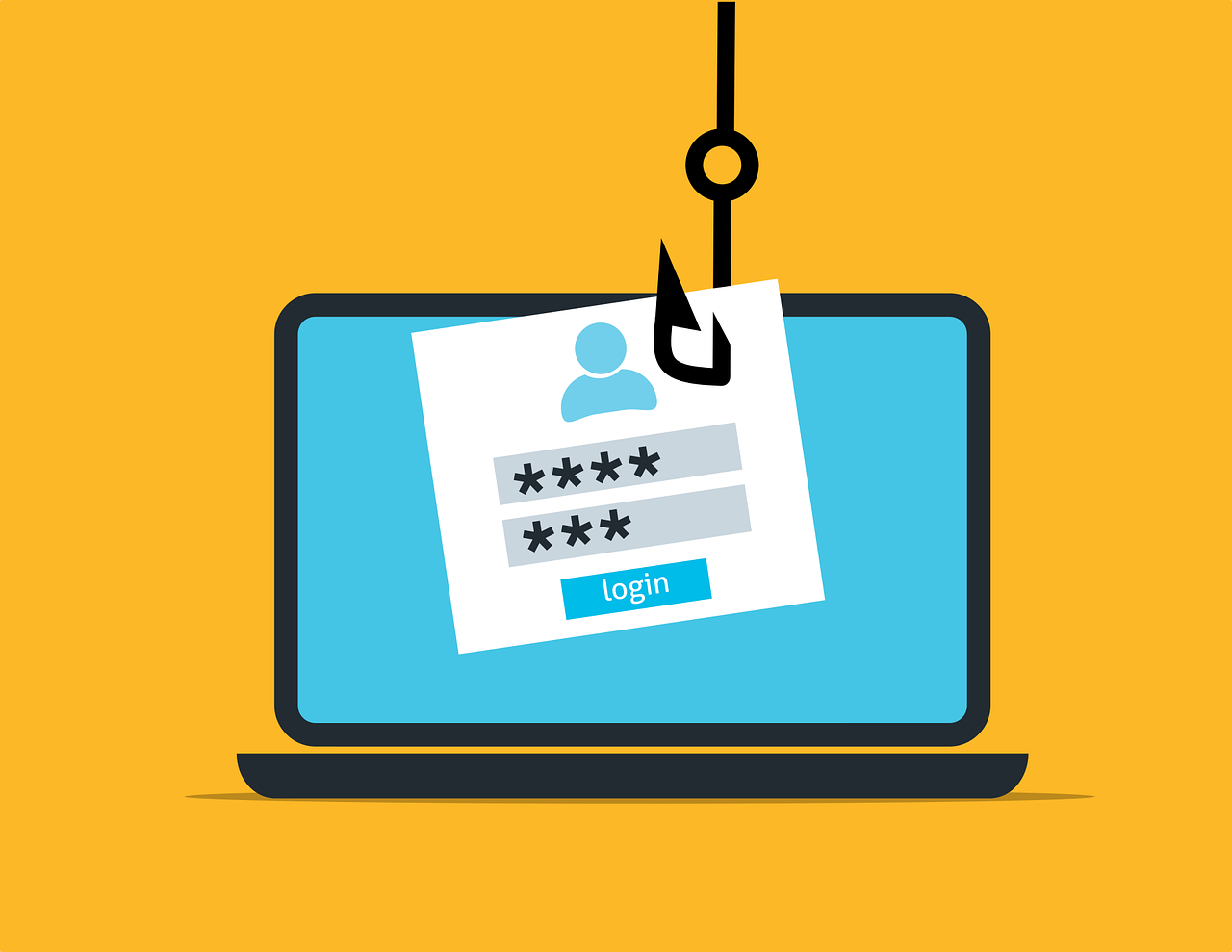Less than a month has passed since the appearance of Google’s “.zipper” domain, and already there are numerous malicious campaigns that are actively exploiting it.
the new phishing attacks that exploit precisely the nature of the Web domain by emulating, simply with fake Internet sites, a compressed archive manager with the interface very similar to that of Winrar.
Less than a month has passed since the appearance of Google’s “.zipper” domain, and already there are numerous malicious campaigns that are actively exploiting it.
the new phishing attacks that exploit precisely the nature of the Web domain by emulating, simply with fake Internet sites, a compressed archive manager with the interface very similar to that of Winrar.
In the context of a phishing attack based on this technique, an attacker could direct users to a credential collection page when they click on a file “contained” within the fake ZIP archive.
The victim, believing he or she is interacting with a legitimate file storage application, could enter his or her credentials, unwittingly providing the fraudsters with access to his or her sensitive accounts.
The sophistication of this new form of phishing lies in its ability to fool even the most careful users. The visual similarity to real file storage software can confuse even those who are usually cautious in their online interactions.
Users should therefore be especially careful when on Web sites with the .zipper extension and question whether they need to enter their credentials.
Cybersecurity experts stress the importance of taking effective preventive measures to protect against this type of fraud. Above all, develop a healthy habit of carefully checking the Web site URL before entering credentials. If in doubt, it is advisable to contact the service provider directly to verify the authenticity of the page.
In a world where phishing fraud is becoming increasingly sophisticated, it is critical to stay informed and take the necessary security measures to protect your personal and financial information. Only through collaboration between users, cybersecurity experts and relevant authorities can we hope to effectively counter this ever-evolving threat.
In the context of a phishing attack based on this technique, an attacker could direct users to a credential collection page when they click on a file “contained” within the fake ZIP archive.
The victim, believing he or she is interacting with a legitimate file storage application, could enter his or her credentials, unwittingly providing the fraudsters with access to his or her sensitive accounts.

